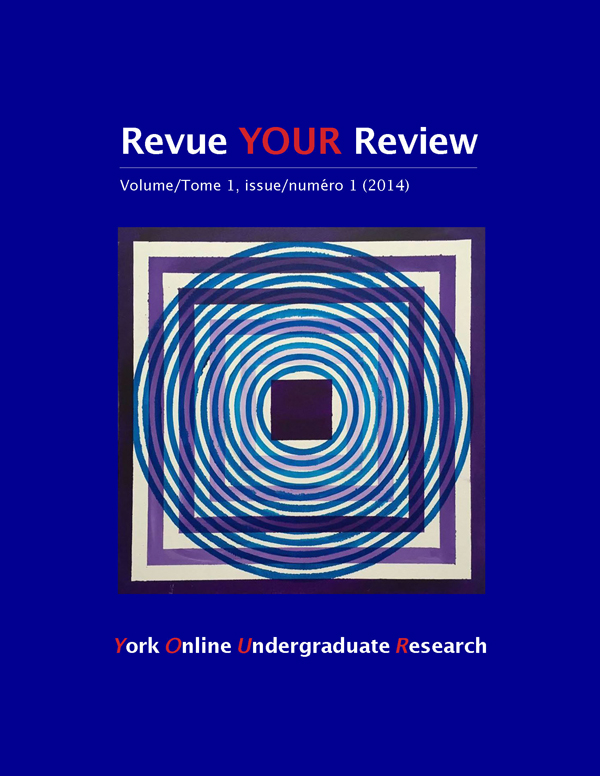The Sanctioning of Rape Myths: Problematizing Sexual Assault (abstract)
Abstract
In this paper, I explore the complexities associated with sexual assault in Canadian law and society by analyzing significant or sensationalized sexual assault cases, including: the leading Supreme Court of Canada case R v Ewanchuk (1999) on sexual assault and implied consent; the murder trial of British Columbia serial killer Robert Picton (2003); and assaults occurring on the campus of York University (Toronto). The concept of Implied consent is central to the assumptions underpinning many rape myths that blame victims for the violent actions of perpetrators (e.g., a woman who is deemed to be dressed inappropriately is held to be responsible, in some way, for her own assault). I situate my arguments within feminist socio-legal studies and contend that rape myths unduly sanction discrimination against victims. Hegemonic masculinity, which is based on a mythical norm, emerges as problematic in (re)constructing sexual violence. Hegemonic femininity also engages in a process of “othering,” which locates specific women as more “rapable” than others. Moreover, these gendered constructions are heightened by and interconnected with race and class inequalities. The use of sexual assault litigation as a tool for justice is debatable, at best, given the issue of reasonable doubt in criminal law and the re-traumatization of victims. Both Canadian law and society can be implicated in the problems associated with the trying of sexual assault cases, problems which cannot be adequately addressed without a deeper, contextualized analysis of discrimination as well as further activism.Downloads
How to Cite
Issue
Section
License
Authors contributing to Revue YOUR Review agree to release their articles under one of three Creative Commons licenses: Creative Commons Attribution 4.0 International; Creative Commons Attribution-NonCommercial 4.0 International; or Creative Commons Attribution-NoDerivatives 4.0 International. All editorial content, posters, and abstracts on this site are licensed under Creative Commons Attribution-NoDerivatives 4.0 International. For further information about each license, see:
https://creativecommons.org/licenses/
In all cases, authors retain copyright of their work and grant the e-journal right of first publication. Authors are able to enter into other contractual arrangements for the non-exclusive distribution of the e-journal's published version of the article (e.g., post it to an institutional repository or publish it in a book or in another journal), with an acknowledgement of its initial publication in this e-journal.


